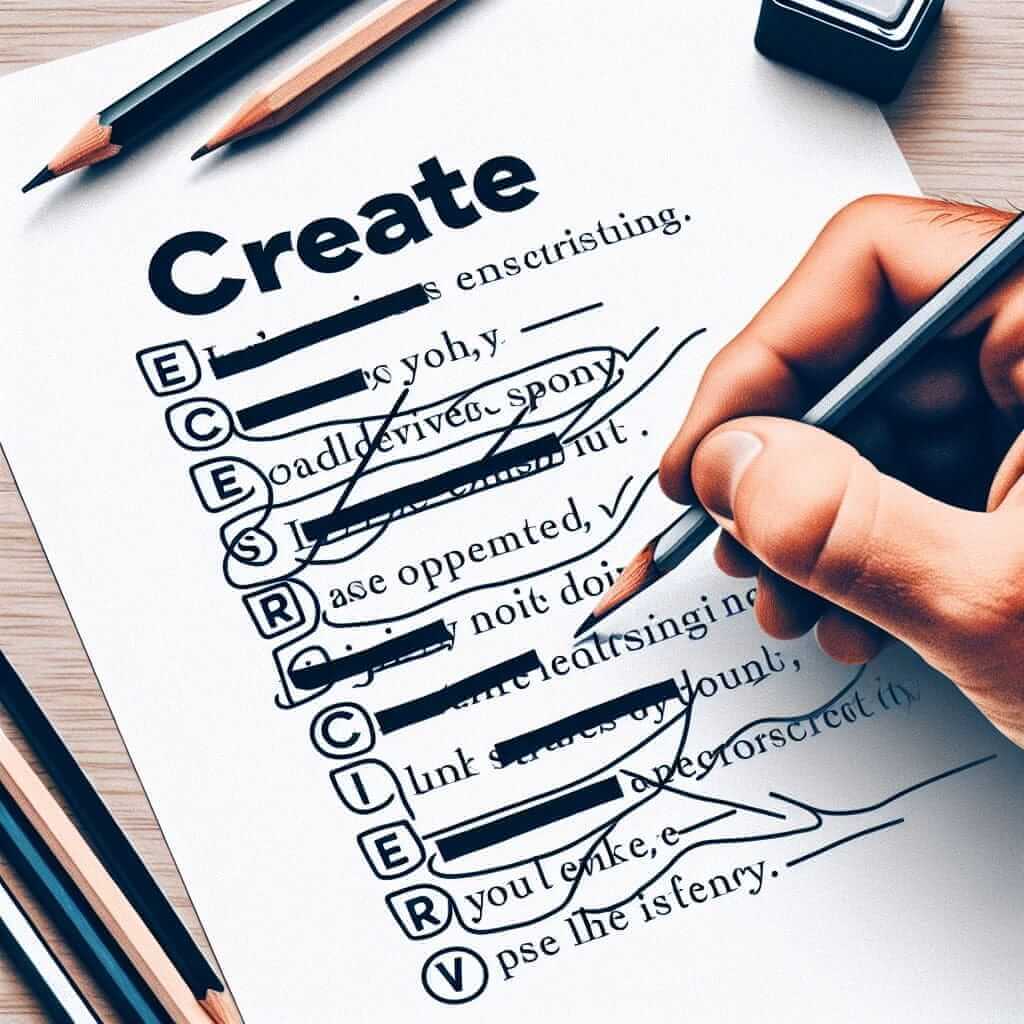As an IELTS instructor with over 20 years of experience, I often get asked about the dos and don’ts of the writing exam. One common query is, “Can we use correction tape for IELTS?” It’s a valid question, as clear and legible writing is crucial for achieving a high score. Let’s clear up any confusion surrounding correction tape and its use in the IELTS writing test.
The Official Stance on Correction Tape
Here’s the simple answer: No, you cannot use correction tape, correction fluid (like “White Out”), or erasers during the IELTS writing test. The official IELTS guidelines clearly state that you must use a pen for the writing sections (both Academic and General Training). This rule is in place to maintain fairness and consistency for all test-takers.
Why Correction Tape Isn’t Allowed
While it might seem inconvenient, there are practical reasons why correction products are prohibited:
- Time Constraints: The IELTS writing test is strictly timed. Searching for correction tape, applying it neatly, and waiting for it to dry can eat into your precious writing time.
- Legibility Concerns: Overuse of correction tape can make your writing messy and difficult to read. Remember, examiners need to be able to easily understand your ideas and assess your grammar and vocabulary.
- Authenticity: The IELTS writing test assesses your ability to compose and express your thoughts in a timed setting. Using correction tools can mask your true writing abilities.
What to Do Instead of Correction Tape
Now that you know correction tape is a no-go, here are some effective strategies to deal with mistakes:
- Embrace the Strikethrough: If you make a mistake, simply draw a single, neat line through the incorrect word or phrase. This is the standard and accepted way to make corrections in the IELTS writing test.
- Plan and Structure: Before you start writing, take a few minutes to plan your essay structure and jot down key ideas. This will minimize major errors and the need for excessive corrections.
- Practice Makes Perfect: The best way to avoid making mistakes is to practice your writing skills regularly. Familiarize yourself with the IELTS essay types and timing, and try writing under exam conditions.
Example from an IELTS Essay
Let’s imagine you’re writing an essay and mistakenly wrote “economical” when you meant “economic.” Here’s how you would correct it:
Instead of: The goverment should invest in economical development.
Correct way: The goverment should invest in economical economic development.

Top Tips for Clear Writing in IELTS
- Use a good quality pen: Opt for a pen that provides smooth ink flow and doesn’t smudge easily.
- Write legibly: Focus on forming your letters clearly, especially if you have handwriting that tends to be small or messy.
- Leave Space: Don’t cram your writing together. Leave adequate space between lines and paragraphs for easier reading and potential additions or corrections.
In Conclusion
While it might feel tempting to reach for correction tape, remember that it’s not permitted in the IELTS writing test. Embrace the strikethrough method, plan your essays carefully, and practice your writing to minimize errors. Focus on presenting your ideas clearly and legibly to maximize your chances of achieving your desired IELTS score!